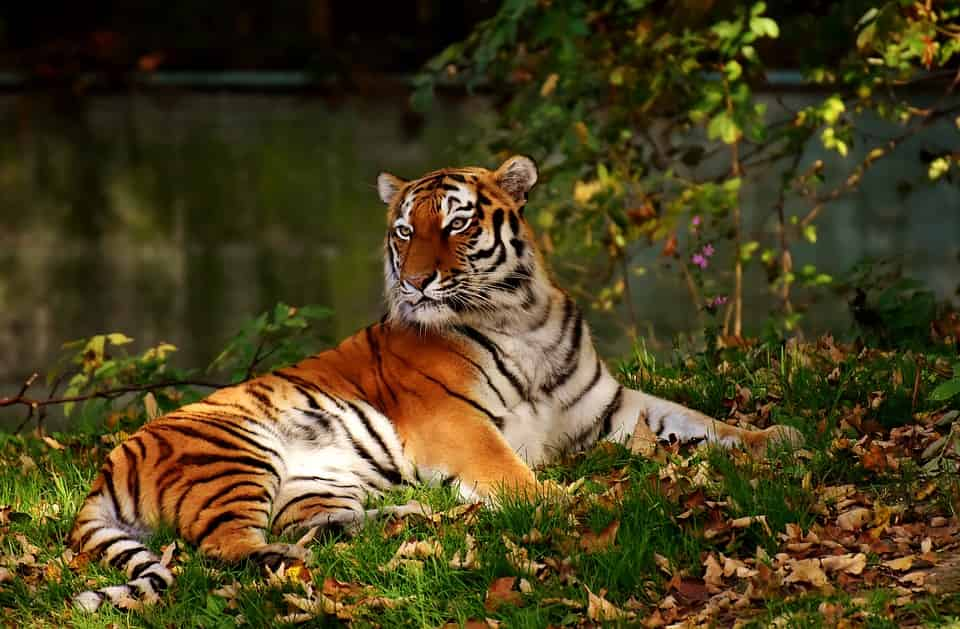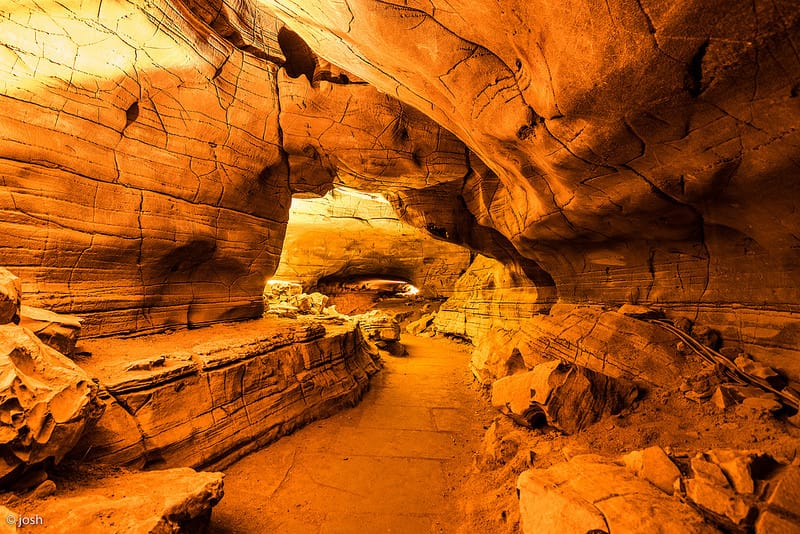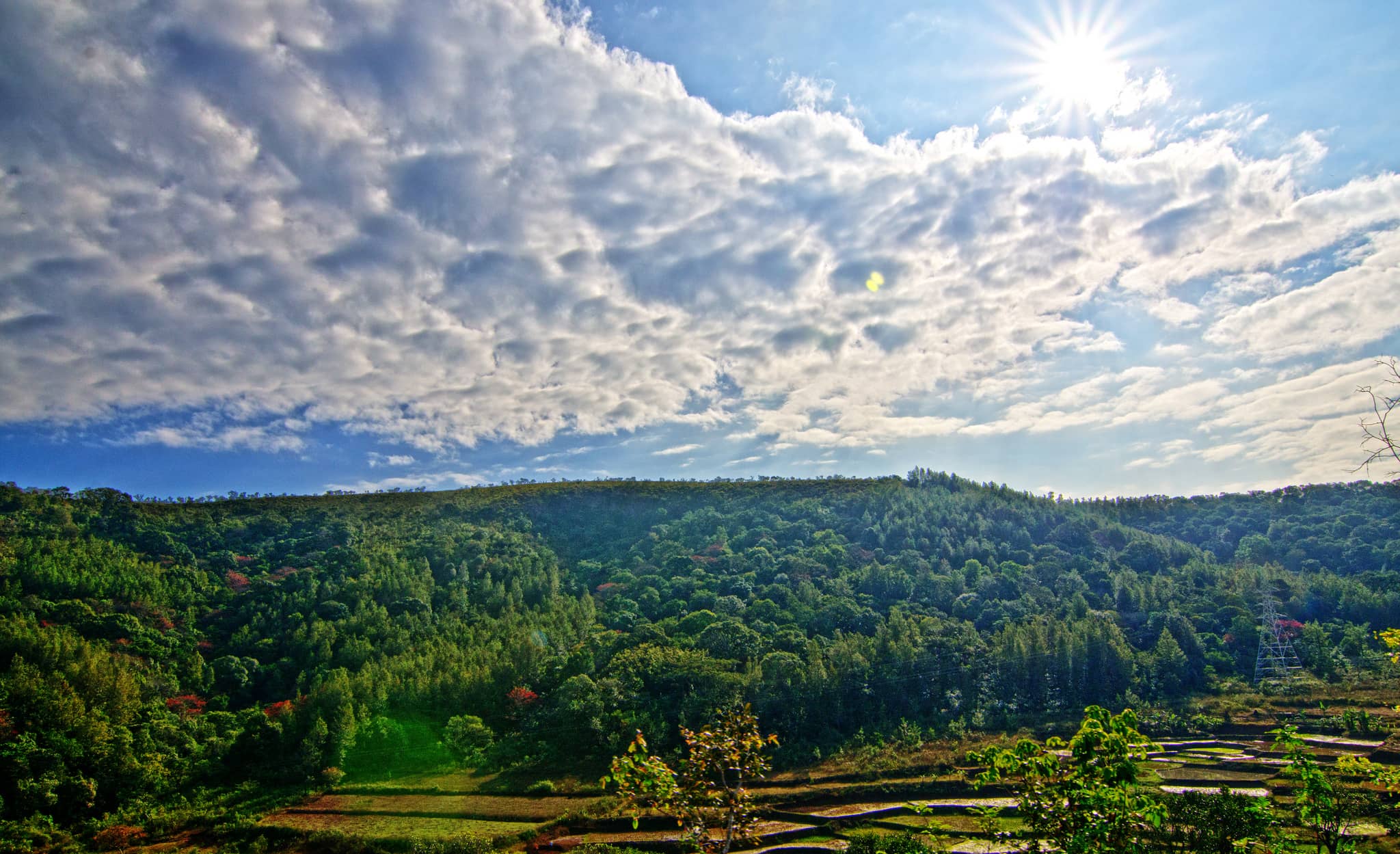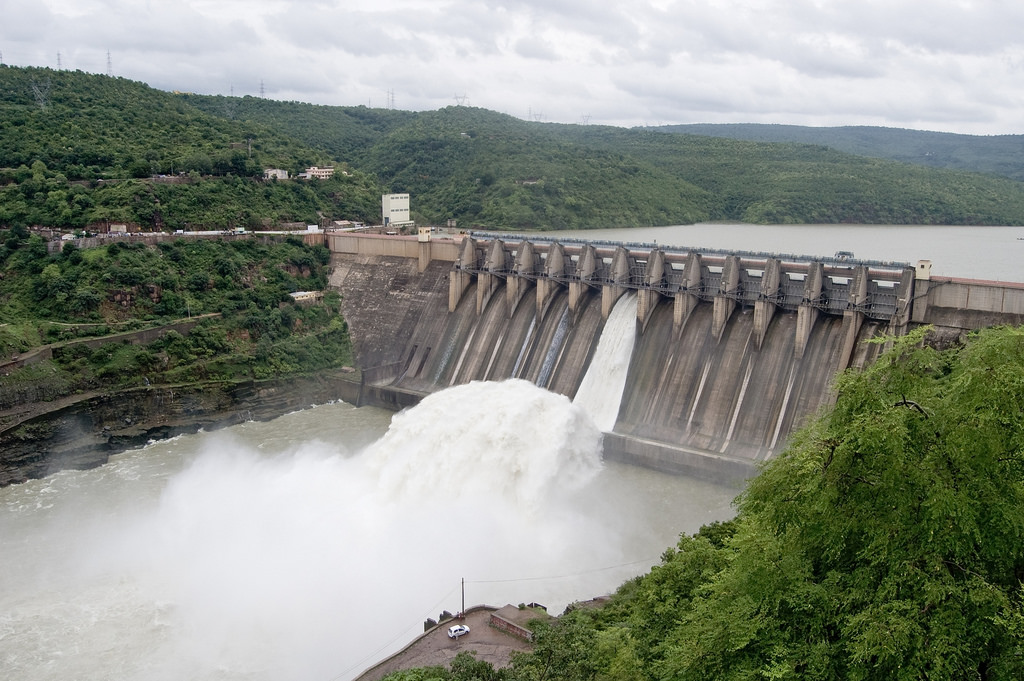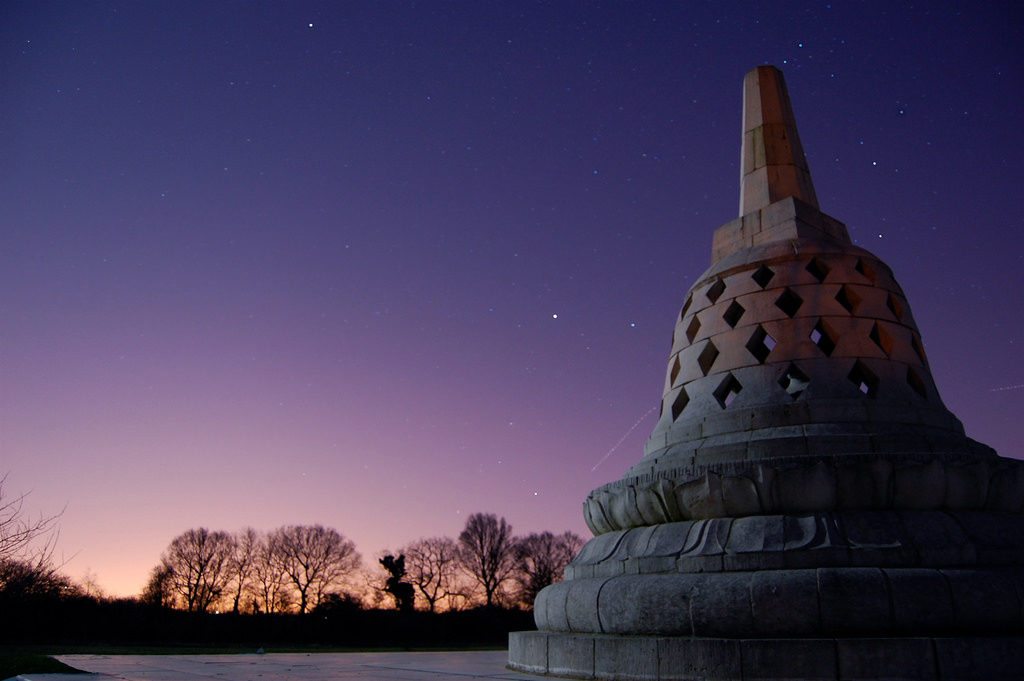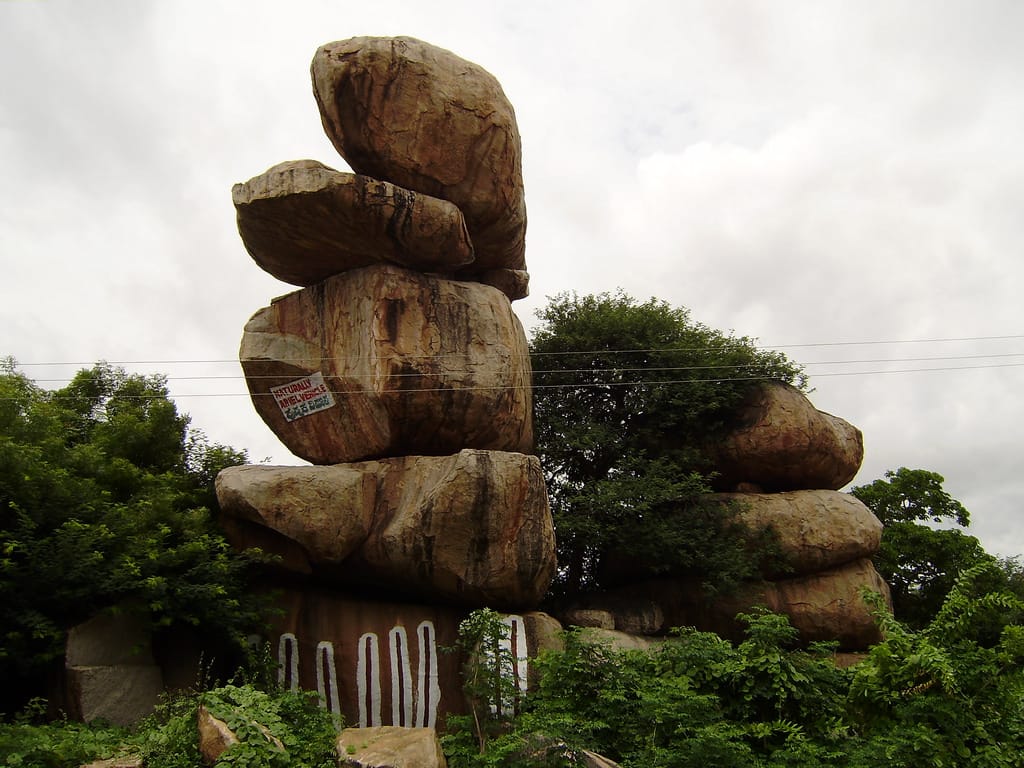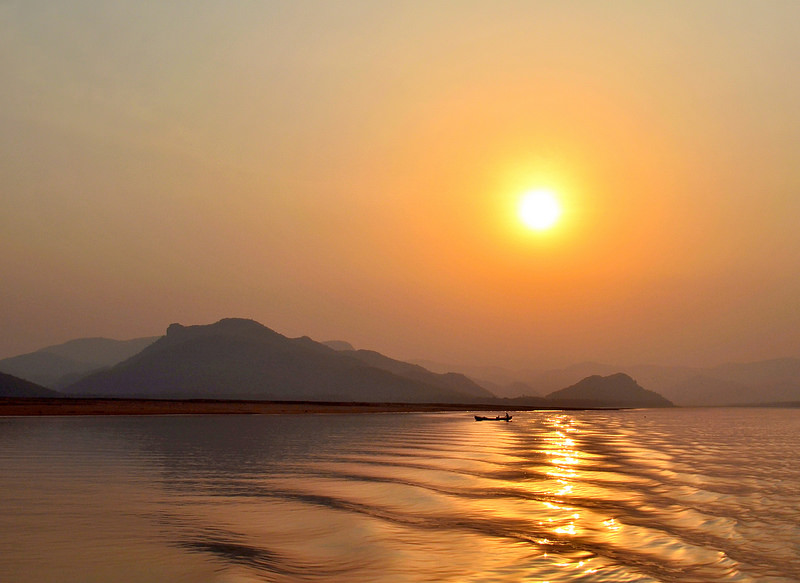Sahibganj is the northernmost town and district of Jharkhand, nestled between the Ganges River and the Rajmahal Hills. It shares borders with West Bengal to the east and the historic Vikramashila University (in Bihar) to the west. The region boasts rich natural beauty with rivers, hills, and forested terrain. Sahibganj holds strategic and cultural importance due to its location and historic associations. It’s also known for its tribal heritage and scenic charm.
places to visit in Sahibganj
Moti Jharna

Moti Jharna means “stream of pearls,” named for its crystal-clear cascading water.
It is the only natural waterfall in Sahibganj and a serene spot for nature lovers.
The fall is surrounded by dense greenery, offering a peaceful environment.
Tourists visit to enjoy picnics and witness the beauty of monsoon-fed waters.
It is considered a hidden gem, still relatively untouched by heavy tourism.
Rajmahal
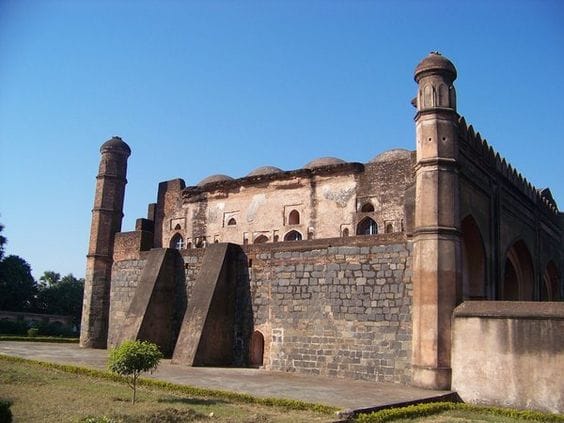
Rajmahal is a historic town that was once the capital of Bengal under the Mughals.
It lies on the banks of the Ganges and has many ruined palaces and mosques.
The city offers scenic views of the Rajmahal Hills and surrounding countryside.
It is known for its ancient architecture and strategic historical importance.
Rajmahal is a cultural center, often visited by history and archaeology enthusiasts.
Kanhaiyasthan
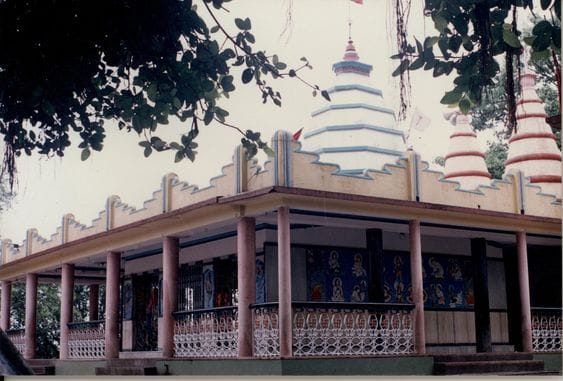
Kanhaiyasthan is an ISKCON temple dedicated to Lord Krishna and Radha.
It is believed that Chaitanya Mahaprabhu stayed here 400 years ago.
The temple holds regular bhajans and spiritual events in Krishna’s honor.
It is a peaceful and spiritually uplifting place in Sahibganj.
The architecture and lively atmosphere attract both locals and pilgrims.
Bhagwa Kuan
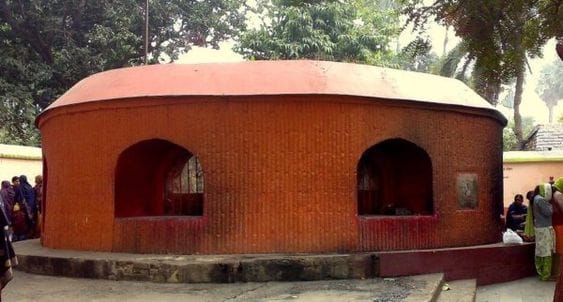
Bhagwa Kuan is a historic well constructed in 1815 in honor of Edward VII.
It is a colonial-era structure symbolizing British presence in the region.
The site reflects a blend of Indian and British architectural influence.
It is visited for its historical value and unique design.
The name “Bhagwa” refers to the red sandstone used in the construction.
Teliagarhi Fort
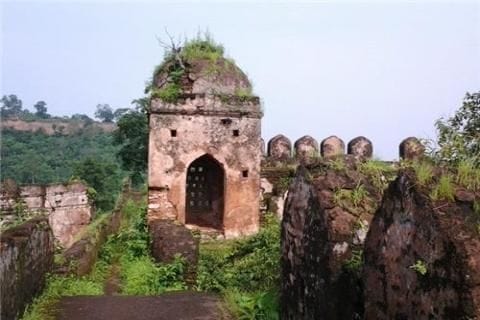
Teliagarhi Fort was a military gateway to Bengal in ancient times.
Strategically located, it controlled access from Bihar to Bengal.
Many historical battles and invasions passed through this fort route.
The ruins now offer a glimpse into medieval military architecture.
The fort is a must-visit for those interested in war history and heritage.
Palamau Tiger Reserve
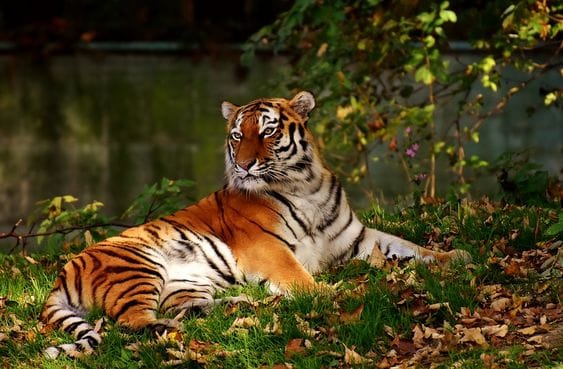
Palamau Tiger Reserve is the only tiger reserve in Jharkhand.
It is part of the larger Betla National Park and Palamau Wildlife Sanctuary.
The reserve is home to tigers, elephants, leopards, and many bird species.
It is one of India’s original nine Project Tiger reserves.
Nature lovers and wildlife photographers flock here for safaris and treks.
Mangalhat

Mangalhat is located about 10 km west of Rajmahal.
It is known for the Jama Masjid, a mosque built during Emperor Akbar’s reign.
The mosque reflects Islamic architecture with intricate carvings and domes.
Mangalhat is a quiet and historically rich religious site.
It draws pilgrims and tourists looking to explore Mughal heritage.
Shivgadi Temple

Shivgadi Temple is dedicated to Lord Shiva and is located near Barhait Bazaar.
The temple is nestled inside a cave and has a naturally formed Shivling.
It is a major pilgrimage spot during Maha Shivaratri.
Visitors trek through a forest path to reach this sacred place.
The peaceful surroundings make it ideal for meditation and worship.
Binduvasini Temple

Binduvasini Temple houses deities Durga, Kali, and Saraswati.
It is perched on a hill and requires a climb to reach the top.
The temple is associated with the legend of Sati’s sacrifice.
It is believed a drop of Sati’s blood fell here, giving it divine status.
The temple is an important Shakti Peeth and attracts many devotees.
Best Time to Visit Sahibganj
Sahibganj experiences extremely hot and dry summers, making travel uncomfortable.
The monsoon season brings some relief but also causes heavy rainfall and humidity.
Winters, from October to March, offer the most pleasant and comfortable weather.
This season is ideal for sightseeing, nature visits, and exploring historical landmarks.
Hence, winter months are considered the best time to visit Sahibganj.
